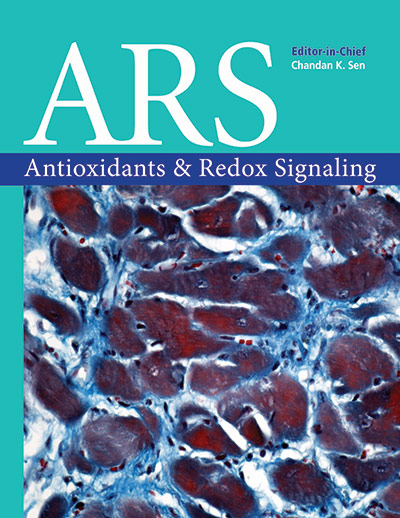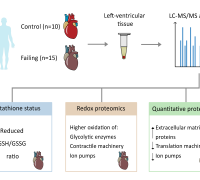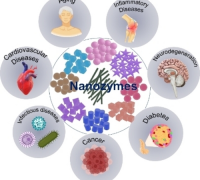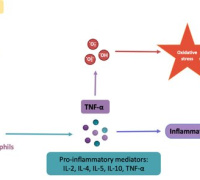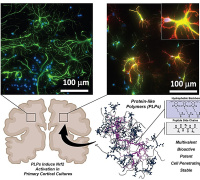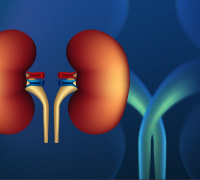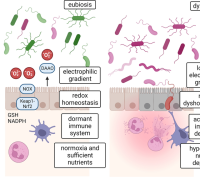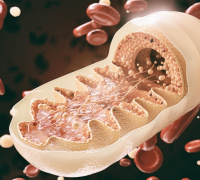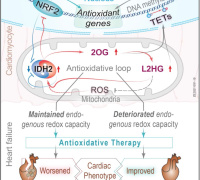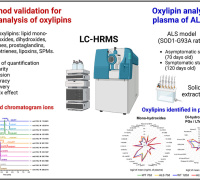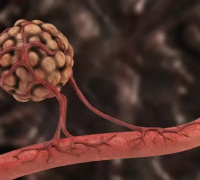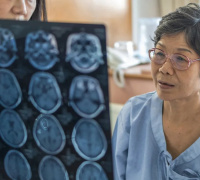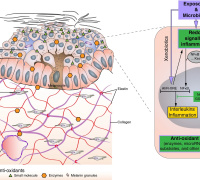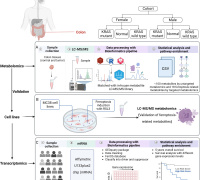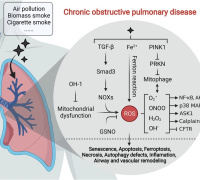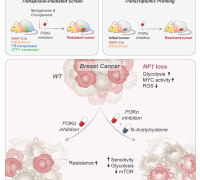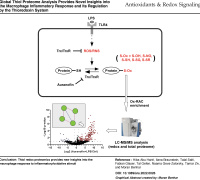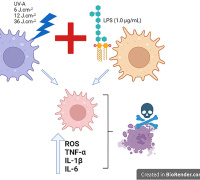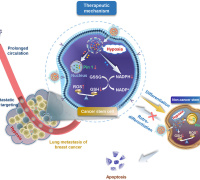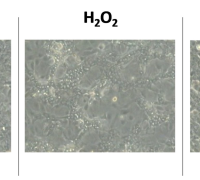Gastrointestinal redox homeostasis in ageing
The gastrointestinal (GI) barrier serves as the pivotal interface between individuals and their external environment. It consistently contends with the potential for inflammation and oxidative stress stemming from exposure to various foreign agents and microorganisms. Thus, preserving the structural and functional integrity of the GI barrier holds paramount importance for overall health, playing a pivotal role in averting systemic inflammation and oxidative stress, which are significant contributors to age-related ailments. A robust gut ecosystem relies on the maintenance of gut redox homeostasis, a complex interplay of essential elements.
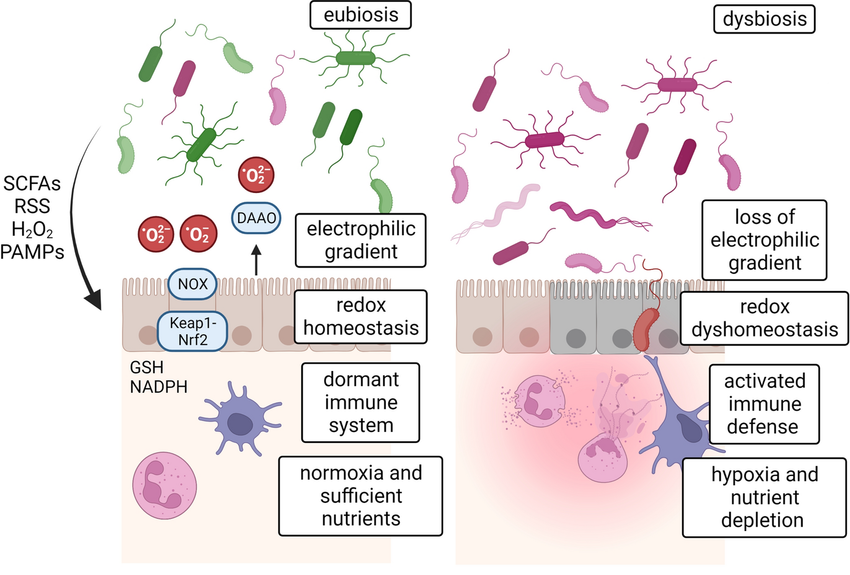
Key determinants of redox homeostasis in the healthy gut (left) and redox dyshomeostasis (right).
According to the paper by Jan Homolak, from the University of Zagreb School of Medicine, Croatia, published in the Biogerontology Journal by Springer, firstly, establishing a foundational electrophilic tone and mucosal gradient is imperative. Secondly, the electrophilic system must possess adequate capacity to produce reactive oxygen species, facilitating efficient elimination of invading microorganisms and prompt restoration of barrier integrity post breaches. These components hinge upon physiological redox signaling mediated by electrophilic pathways such as NOX2 and the H2O2 pathway. Furthermore, the nucleophilic aspect of redox homeostasis should exhibit ample reactivity to rebalance redox levels subsequent to an electrophilic surge. Factors contributing to the nucleophilic arm encompass the availability of reductive substrates and redox signaling facilitated by the cytoprotective Keap1-Nrf2 pathway.
Future investigations should prioritize the identification of preventative and therapeutic interventions aimed at augmenting the resilience and responsiveness of GI redox homeostasis. These endeavors seek to diminish the susceptibility of the gut to detrimental stimuli and counteract the decline in reactivity often witnessed during the aging process. Strengthening GI redox homeostasis holds promise for mitigating the risks associated with age-related gut dysfunctions and optimizing overall healthspan and longevity.
Figure Description:
Intestinal homeostasis is closely interconnected with the gut microbiota, and maintaining a healthy balance contributes to proper physiological redox signaling through the secretion of SCFAs, ROS such as H2O2, PAMPs, and more. On the other hand, maintaining redox homeostasis within the gut epithelium is crucial for preserving a well-balanced microbial community in the intestinal lumen. This is achieved by maintaining a normal electrophilic gradient and facilitating redox signaling in intestinal epithelial cells. The reactivity of epithelial redox homeostasis is sustained by an adequate electrophilic tone, generated by NOX, luminal secretion of DAAO, and other factors. Additionally, activation of the Keap1-Nrf2 pathway plays a vital role in preserving the capacity of the nucleophilic arm of redox homeostasis. The maintenance of redox homeostasis in the intestinal barrier is closely associated with a highly functional gut immune system with efficient immune surveillance mechanisms. DAAO – D-amino acid oxidase; NADPH – nicotinamide adenine dinucleotide phosphate; NOX – NADPH oxidases; SCFAs – short chain fatty acids; RSS – reactive sulfur species; PAMPs – pathogen-associated molecular patterns; GSH – glutathione
Image Credits: Homolak, J. Biogerontology 24, 741–752 (2023).





